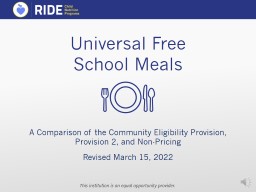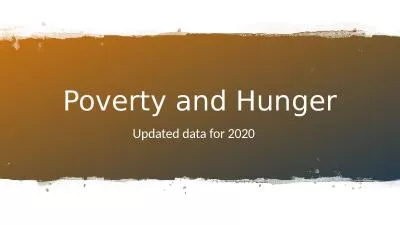PPT-The Summer Hunger Gap The School Meals Programs serve about 21 million low-income children
Author : jade | Published Date : 2022-06-18
The existing Summer Meals programs reach only about 16 percent of lowincome children who get school meals during the school year Summer Feeding Programs Mission
Presentation Embed Code
Download Presentation
Download Presentation The PPT/PDF document "The Summer Hunger Gap The School Meals P..." is the property of its rightful owner. Permission is granted to download and print the materials on this website for personal, non-commercial use only, and to display it on your personal computer provided you do not modify the materials and that you retain all copyright notices contained in the materials. By downloading content from our website, you accept the terms of this agreement.
The Summer Hunger Gap The School Meals Programs serve about 21 million low-income children: Transcript
Download Rules Of Document
"The Summer Hunger Gap The School Meals Programs serve about 21 million low-income children"The content belongs to its owner. You may download and print it for personal use, without modification, and keep all copyright notices. By downloading, you agree to these terms.
Related Documents

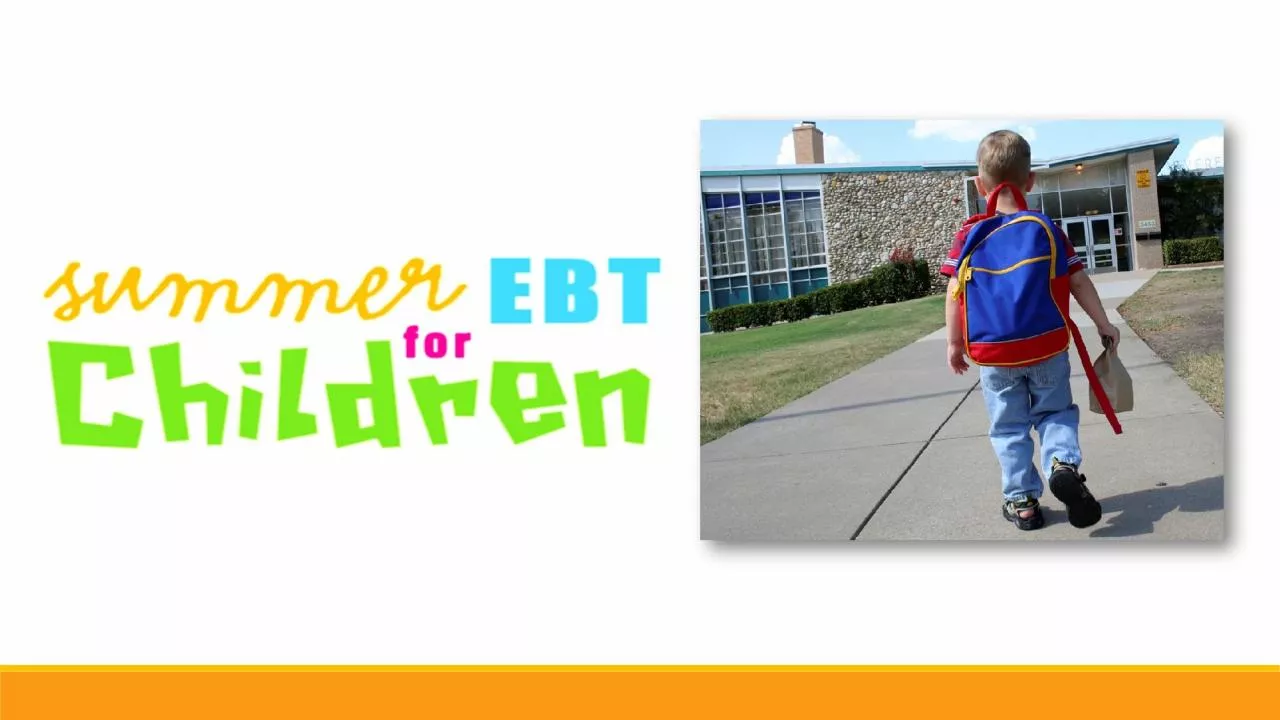
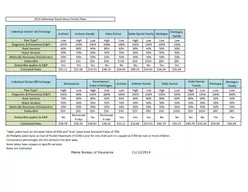
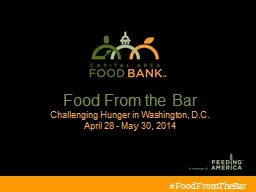
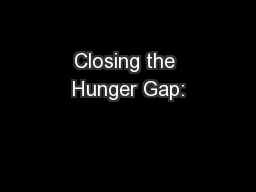
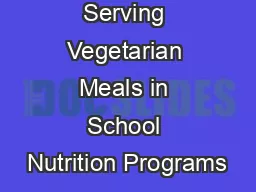
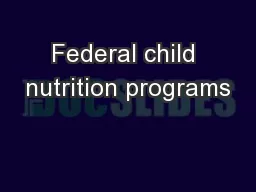
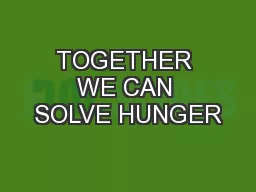
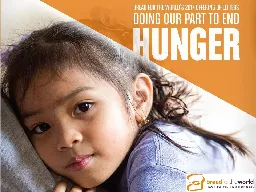

![[READ] Low Carb: Low Carb Weight Loss Secrets Box Set (Dash Diet, Slow Cooker Meals, Low](https://thumbs.docslides.com/881235/read-low-carb-low-carb-weight-loss-secrets-box-set-dash-diet-slow-cooker-meals-low-carb-cookbook-low-carb-recipes-low-car.jpg)

